Passive Components
Passive Components are electronic components that do not require a Source of Energy to perform their intended functions. The followings are the examples of Passive Components:
| Resistors | |
| They resist the flow of electric current. The resistance is measured in Ohms (Ω). R=V/I, where: R=Resistance, V=Voltage and I=Current. | 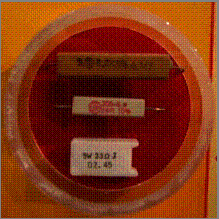 |
| Potentiometer | |
| It is a resistor with a tap or contact which can be moved to change the resistance. | 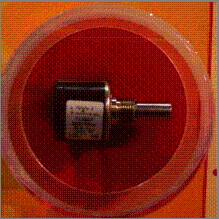 |
| Capacitors | |
| Capacitors store energy in its electric field. The capacitance is measured in Farads (F). C=Q/V, where: C=Capacitance, Q=Charge and V=Voltage. Capacitors stop direct current flow (DC). They are an open circuit to DC. | 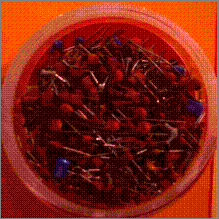 |
| Variable Capacitors | |
| The capacitance of these capacitors can be changed to adjust a circuit. | 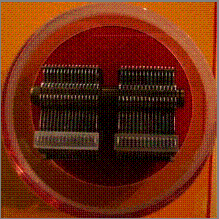 |
| Inductors | |
Inductors store energy in its magnetic field. They are measured in Henrys (H). L=N ,, where: L= Inductance, N=Numbers of Turns, and ,, where: L= Inductance, N=Numbers of Turns, and  is the change in Flux linking a coil due to a change in Current through the coil. is the change in Flux linking a coil due to a change in Current through the coil. |
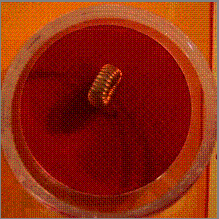 |
| Connectors | |
| These connect one part of an electric circuit with another. Connectors are designed for different power levels and signal types. | 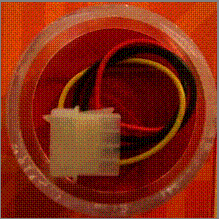 |
| Switches | |
| Switches can be on-off controls (single throw) or change the connection from one circuit to another (double throw). Complex switches can control many circuits at the same time. | 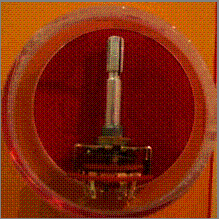 |
| Relays | |
| A relay is a switch that is turned on and off by an electromagnet, or a solid state switch controlled by an optical coupler. | 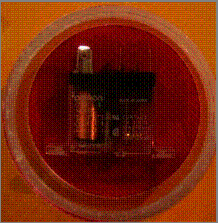 |
About CMM
Contact US
Others
Other Websites
Number of Visitors:
Last Modified Date: 10/3/2025